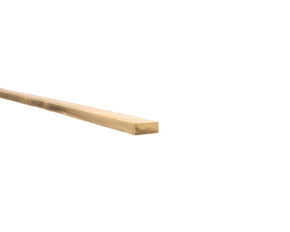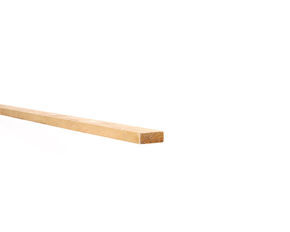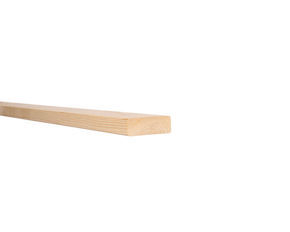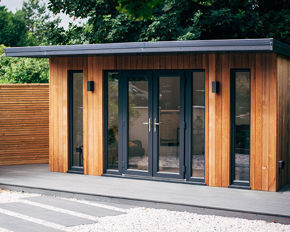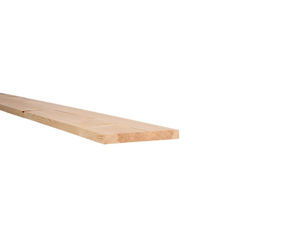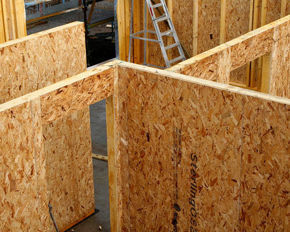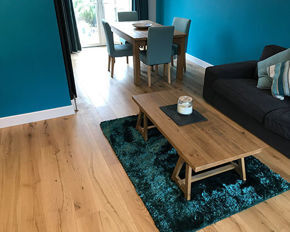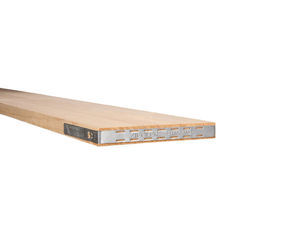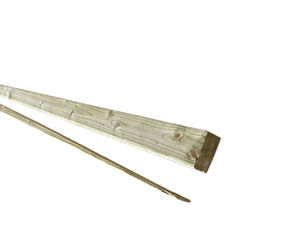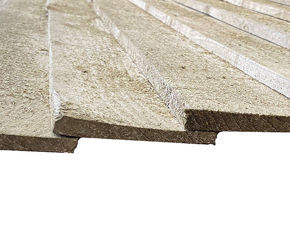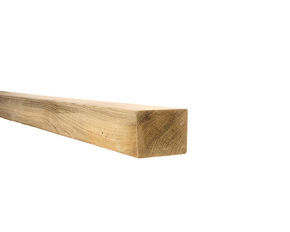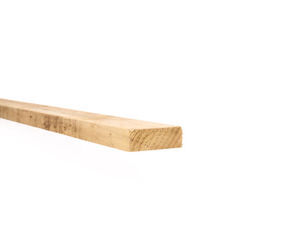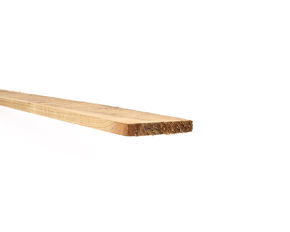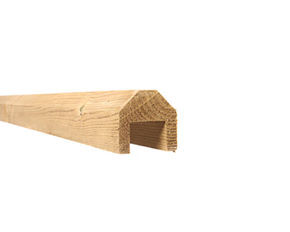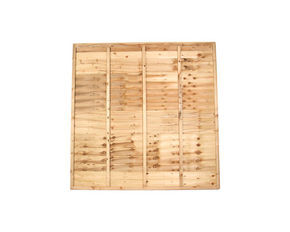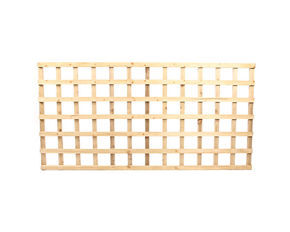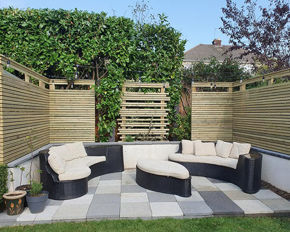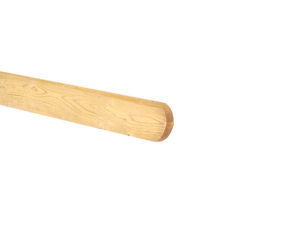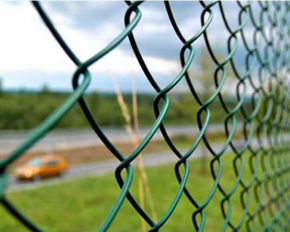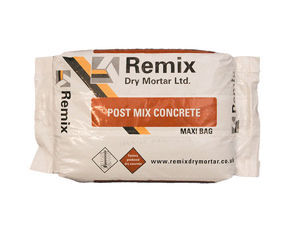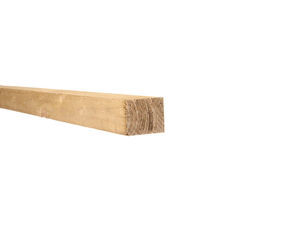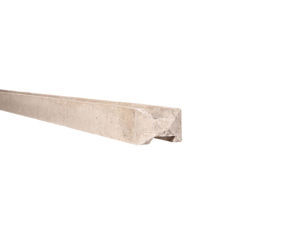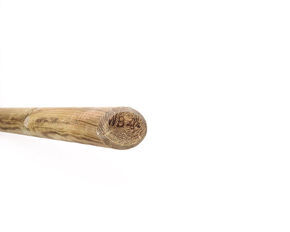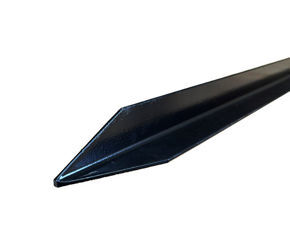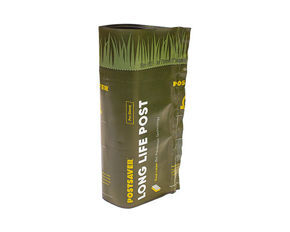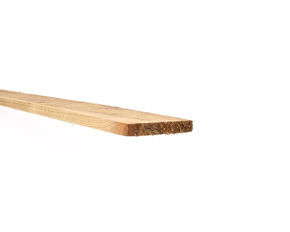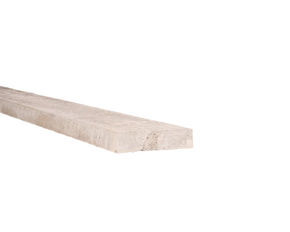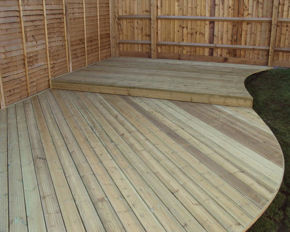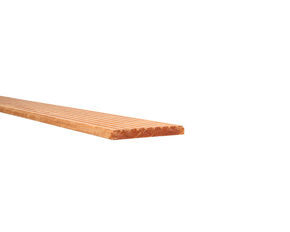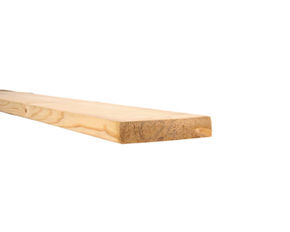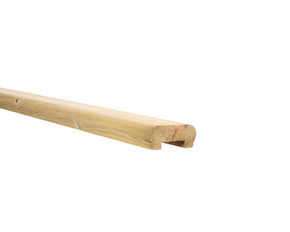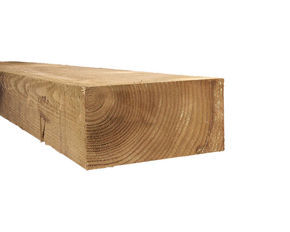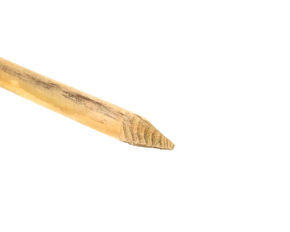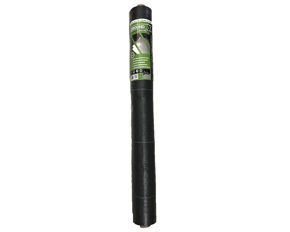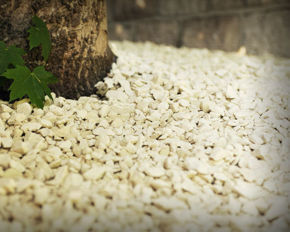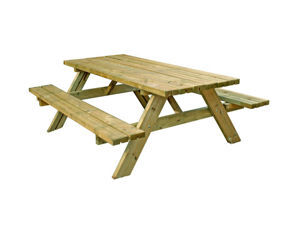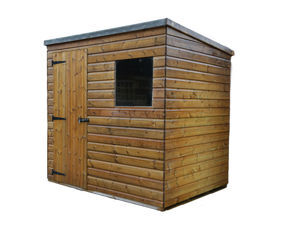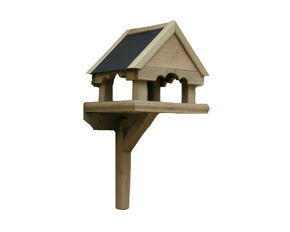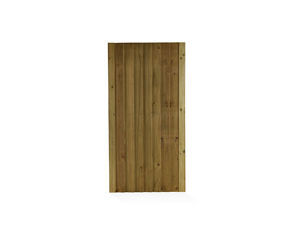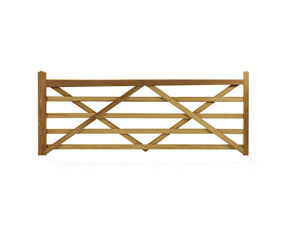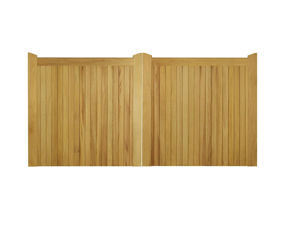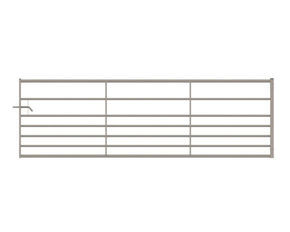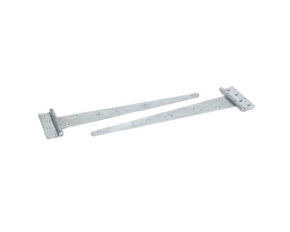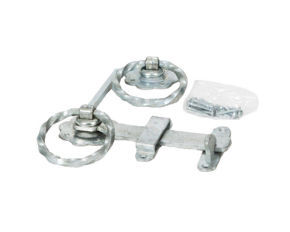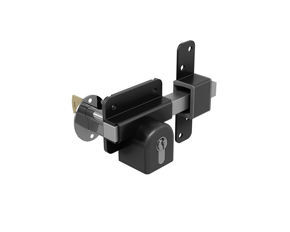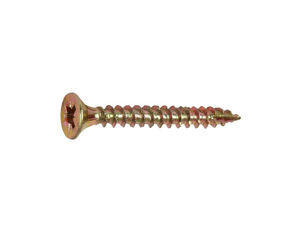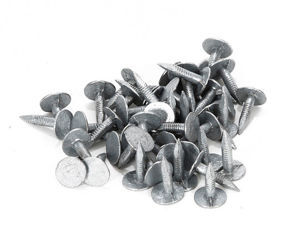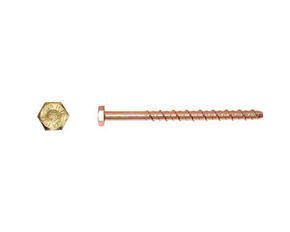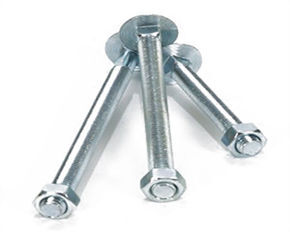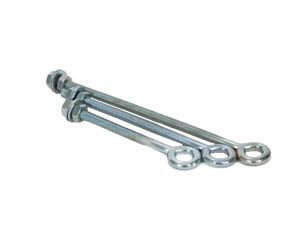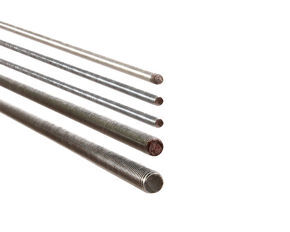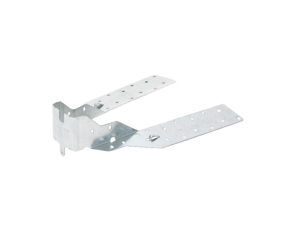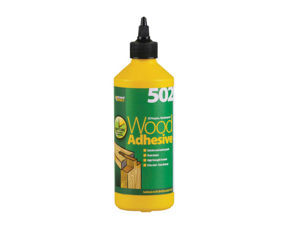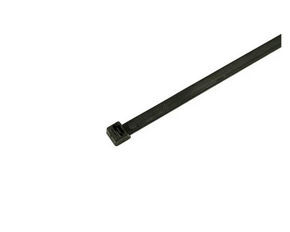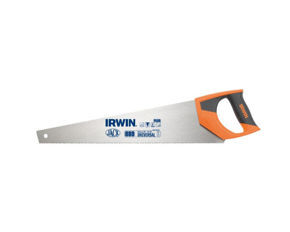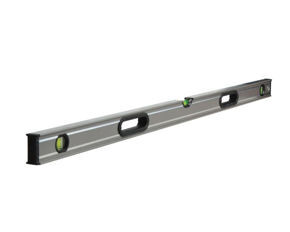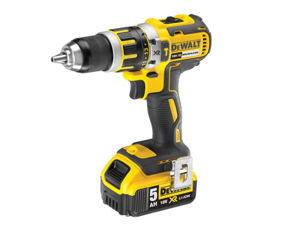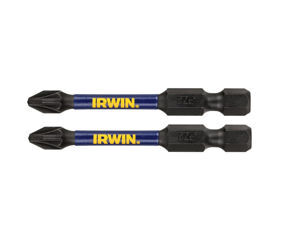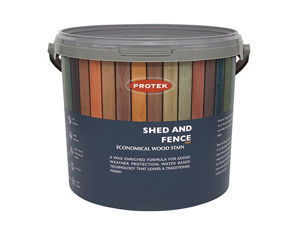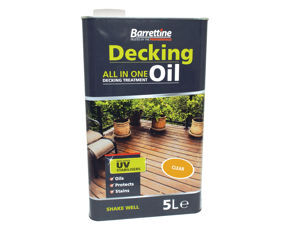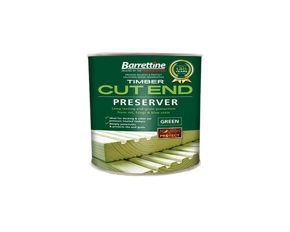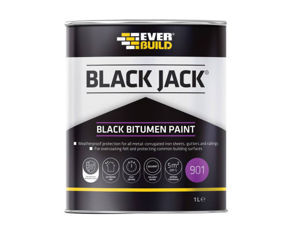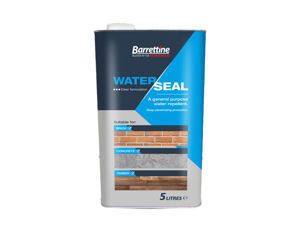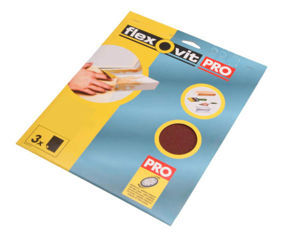Wood is a versatile and beautiful material that can add warmth and character to any home. However, to ensure its longevity and enhance its natural beauty, choosing the right wood finish is essential. With a wide range of options available, deciding which is best suited for your specific project can be challenging, and you may need different wood finishes depending on the type of building timber you use.
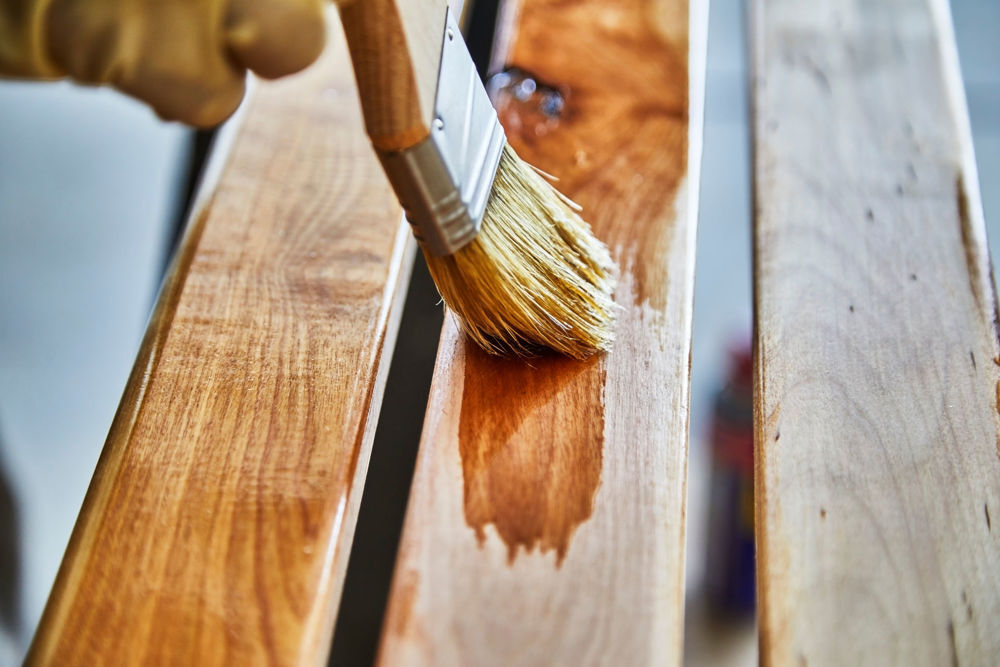
Understanding Wood Finishes
Timber treatments and finishes are protective coatings that shield wood from moisture, UV rays, fungus and everyday wear and tear. They also enhance the wood's natural grain and colour. The type of finish you choose will depend on several factors, including the wood species, the intended use of the project, and your desired aesthetic.
Popular Wood Finishes
Here are some of the most popular external wood finishes and internal treatments used:
Oil-Based Finishes:
Pros: Deep penetration, rich colour, durable, and water-resistant.
Cons: Longer drying time, toxic fumes, and requires more maintenance.
Best for: High-traffic areas, outdoor furniture, and fine woodworking projects.

Water-Based Finishes:
Pros: Low VOCs, quick drying time, easy cleanup, and environmentally friendly.
Cons: Less durable than oil-based finishes, may not penetrate as deeply.
Best for: Interior projects like cabinets, trim, and furniture.
Lacquer:
Pros: Hard, durable, and fast-drying.
Cons: Difficult to apply, requires a spray booth, and is sensitive to temperature and humidity.
Best for: High-end furniture, pianos, and musical instruments.
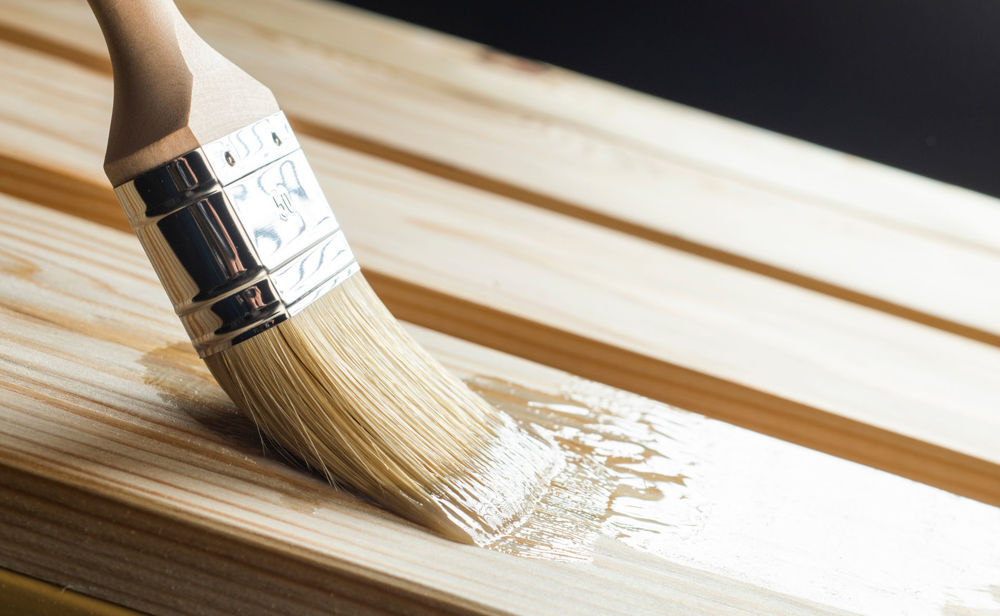
Wax:
Pros: Natural, easy to apply, and enhances the wood's natural beauty.
Cons: Requires frequent reapplication, not as durable as other finishes.
Best for: Furniture, cutting boards, and other items that require a soft, natural look.

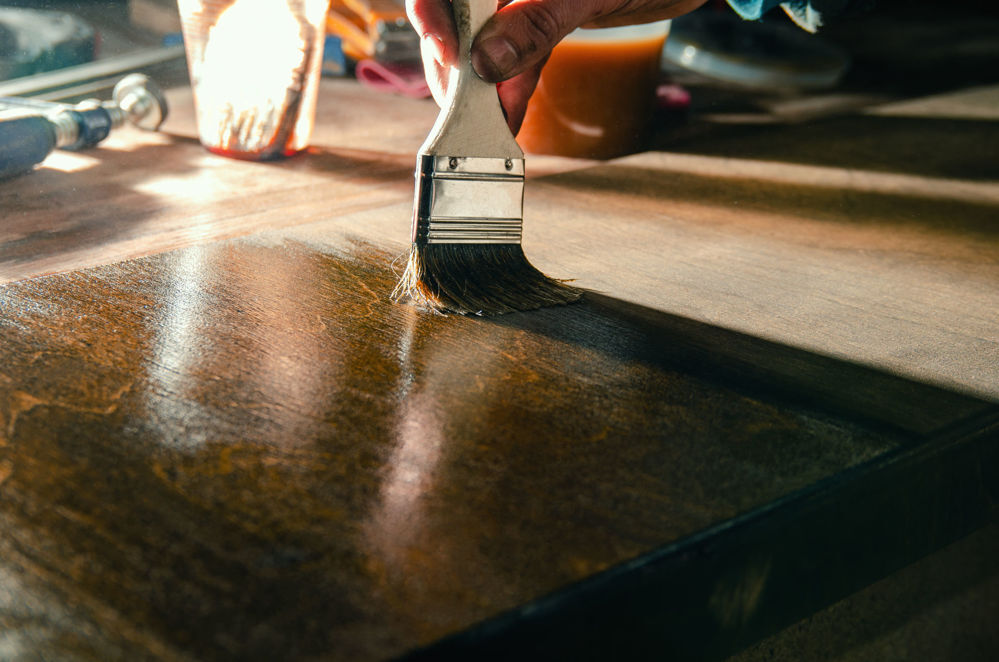
Oil:
Pros: Penetrates deeply, enhances the wood's colour, and provides a warm, natural finish.
Cons: Requires regular maintenance, can be messy to apply.
Best for: Furniture, butcher blocks, and other items that require frequent oiling.
Choosing the Right Finish for Your Project
When selecting a wood finish, consider the following factors:
Wood Species: Different wood species have varying levels of hardness and porosity. Choose a finish that complements the wood's natural characteristics.
Intended Use: The intended use of the finished project will determine the level of durability and protection required. For example, decking finishes are usually oil-based and can be used for decking boards, decking tiles and balustrades.
Desired Aesthetic: The desired look and feel of the finished project will influence the choice of finish. You can opt for wood finishes that simply protect or add a whole new aesthetic to your project.
Environmental Concerns: If you're environmentally conscious, opt for low-VOC or water-based finishes.
Skill Level: Some finishes, like lacquer, require advanced skills and equipment.
Tips for Applying Wood Finishes
Prepare the Surface: Ensure the wood surface is clean, dry, and sanded smooth.
Apply Thin Coats: Apply multiple thin coats of finish, allowing adequate drying time between coats.
Sand Between Coats: Lightly sand between coats to remove any imperfections and ensure a smooth finish.
Ventilation: Work in a well-ventilated area, especially when using oil-based finishes.
Maintenance: Regular maintenance, such as cleaning and reapplication of finish, will help preserve the beauty of your wood projects.
By carefully considering these factors and following best practices, you can choose the perfect wood finish to enhance the beauty and longevity of your home projects.
Additional Tips for Homeowners:
Consider the Climate: In the UK, the humid climate can affect wood, so choose finishes that can withstand moisture.
Check Regulations: Stay informed about local regulations regarding VOCs and other environmental factors.
Seek Professional Advice: If you're unsure about the best finish for your project, consult with a professional woodworker, or decorator, or pop into the Bendrey Brothers Bristol timber yard to speak to a member of our team.
By following these tips and choosing the right wood finish, you can ensure that your wood projects look beautiful and last for years to come.

